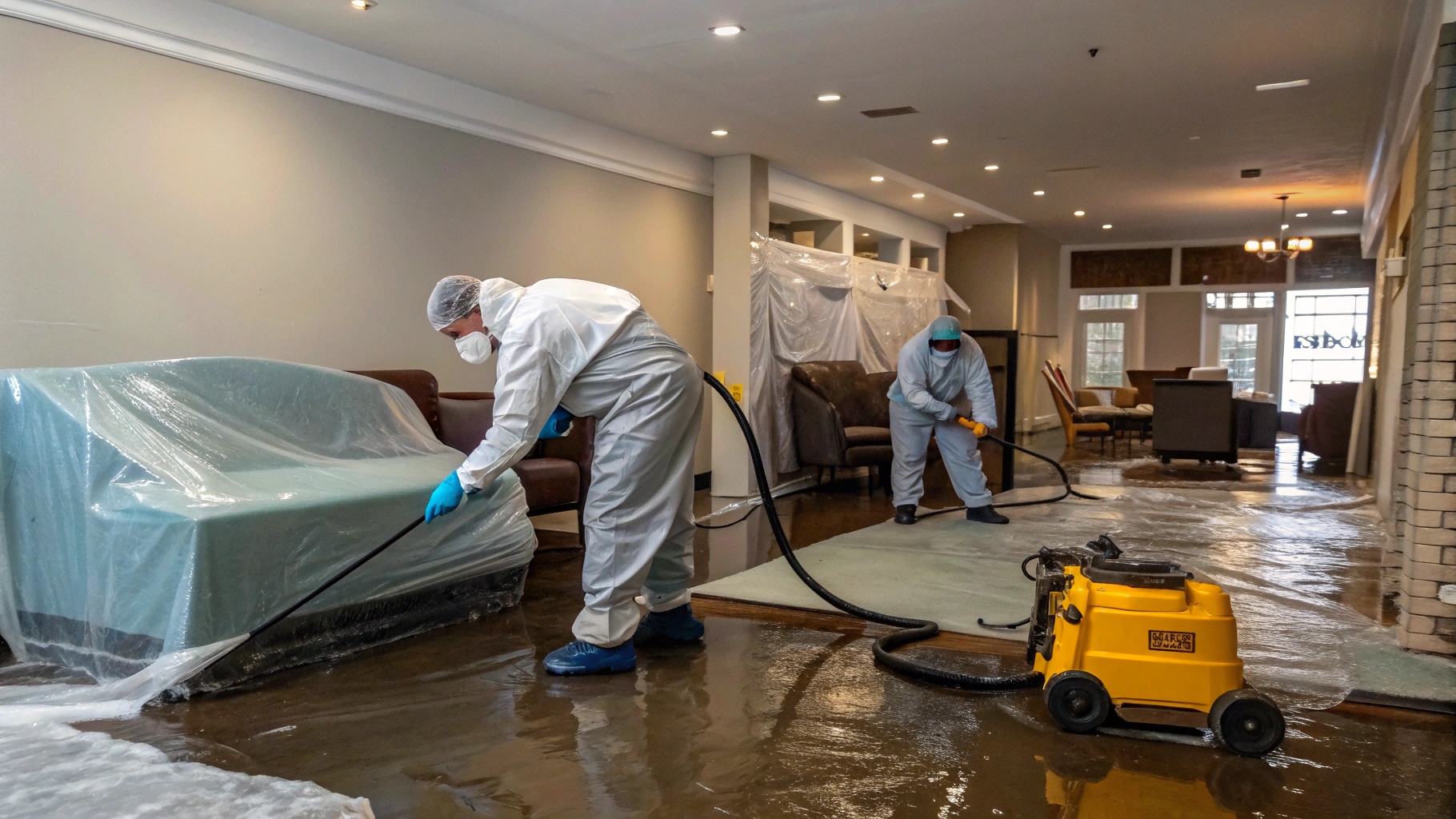How Commercial Depreciation Works for Real Estate
Investing in real estate is a popular strategy for wealth creation, and understanding the finer details of taxation can significantly enhance your returns. One such aspect is commercial property depreciation, a tax benefit that allows property investors to offset the natural wear and tear of their properties against their taxable income. Here, we’ll break down how commercial depreciation works for real estate and why it’s a valuable tool for property investors.
What Is Commercial Depreciation?
Commercial depreciation refers to the gradual reduction in the value of a building and its assets over time due to usage, aging, or obsolescence. This depreciation is recognised by the Australian Taxation Office (ATO) and allows property investors to claim it as a tax deduction.
Unlike residential properties, commercial properties often house businesses and have different depreciation schedules. This makes it crucial for investors to understand how the rules apply specifically to their commercial investments.
Types of Depreciation Claims
Commercial property investors can claim depreciation under two categories:
1. Capital Works Depreciation
This pertains to the structural elements of the building, including:
- Walls, floors, and roofs
- Fixed assets like plumbing, electrical wiring, and windows
Capital works deductions are only available for properties constructed after 16 September 1987. The rate of deduction is typically 2.5% per annum over 40 years, but this varies depending on the construction date and type of property.
2. Plant and Equipment Depreciation
This category covers removable or mechanical assets within the property, such as:
- Air conditioning systems
- Office furniture
- Security systems
- Lighting fixtures
Unlike capital works, plant and equipment assets have a shorter effective life and depreciate at varying rates depending on their nature and usage.
The Process of Claiming Commercial Depreciation
To maximise the benefits of commercial property depreciation, you’ll need a comprehensive understanding of the process. Here’s how to get started:
1. Engage a Quantity Surveyor
Quantity surveyors are experts in estimating construction costs and are qualified to prepare tax depreciation schedules. A professionally prepared schedule ensures you’re claiming all eligible deductions while adhering to ATO guidelines. Trusted firms like Washington Brown specialise in providing such services for both residential and commercial properties.
2. Conduct a Depreciation Schedule
A depreciation schedule is a detailed report outlining the deductions you can claim for your commercial property each financial year. It accounts for:
- The age and type of building
- The condition and value of plant and equipment assets
- The applicable depreciation rates
A well-prepared depreciation schedule can help you identify deductions you might otherwise overlook.
3. Claim Deductions Annually
Once you have a depreciation schedule, include the deductions in your annual tax return. This reduces your taxable income, ultimately lowering your tax liability.
Key Factors That Influence Depreciation
Several factors determine how much depreciation you can claim:
Age of the Property
Older properties may have fewer depreciation benefits for capital works, but plant and equipment assets can still yield deductions.
Type of Business Activity
Certain businesses may cause more wear and tear on a property, leading to higher deductions. For example, hospitality venues like restaurants and hotels often have more depreciable assets than office spaces.
Renovations and Improvements
If you’ve undertaken renovations or upgrades, these can be added to your depreciation schedule as long as they meet ATO requirements.
Benefits of Commercial Depreciation
Understanding and leveraging commercial property depreciation offers several benefits:
Increased Cash Flow: By reducing taxable income, depreciation improves your cash flow, allowing you to reinvest in other opportunities.
Enhanced ROI: Tax savings through depreciation boost your overall return on investment.
Compliance with Tax Laws: A professionally prepared depreciation schedule ensures you’re compliant with ATO regulations while maximising your deductions.
Common Myths About Commercial Depreciation
Myth 1: Older Properties Don’t Qualify for Depreciation
Even if your property was built before 1987, you can still claim plant and equipment deductions. Additionally, any renovations or improvements are eligible for capital works deductions.
Myth 2: Depreciation Isn’t Worth the Effort
The tax savings from depreciation often outweigh the cost of obtaining a professional depreciation schedule. For most investors, it’s a worthwhile investment that pays off in the long term.
Myth 3: Depreciation Can Be Claimed Without Professional Help
While you can attempt to calculate depreciation yourself, the risk of missing out on eligible deductions or non-compliance with ATO rules is high. Professional quantity surveyors ensure accuracy and maximise your claims.
Final Thoughts
Commercial property depreciation is a powerful tax benefit that every investor should utilise to enhance their returns. By understanding the basics of capital works and plant and equipment depreciation, engaging a qualified quantity surveyor, and maintaining an accurate depreciation schedule, you can significantly reduce your tax liability and improve your cash flow.
When it comes to professional guidance, experts like Washington Brown provide tailored solutions to ensure you’re making the most of your commercial property investment. Their expertise can help you navigate the complexities of depreciation and maximise your tax savings with confidence.














1 comment